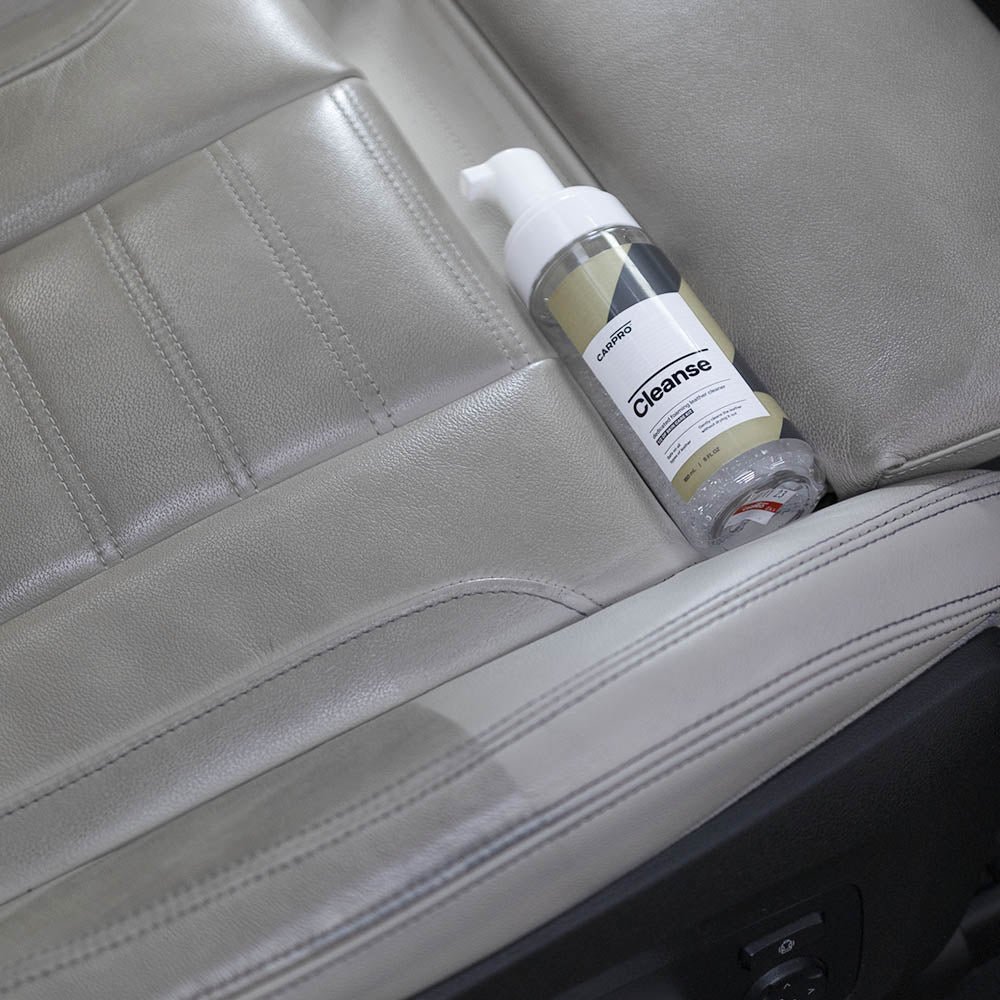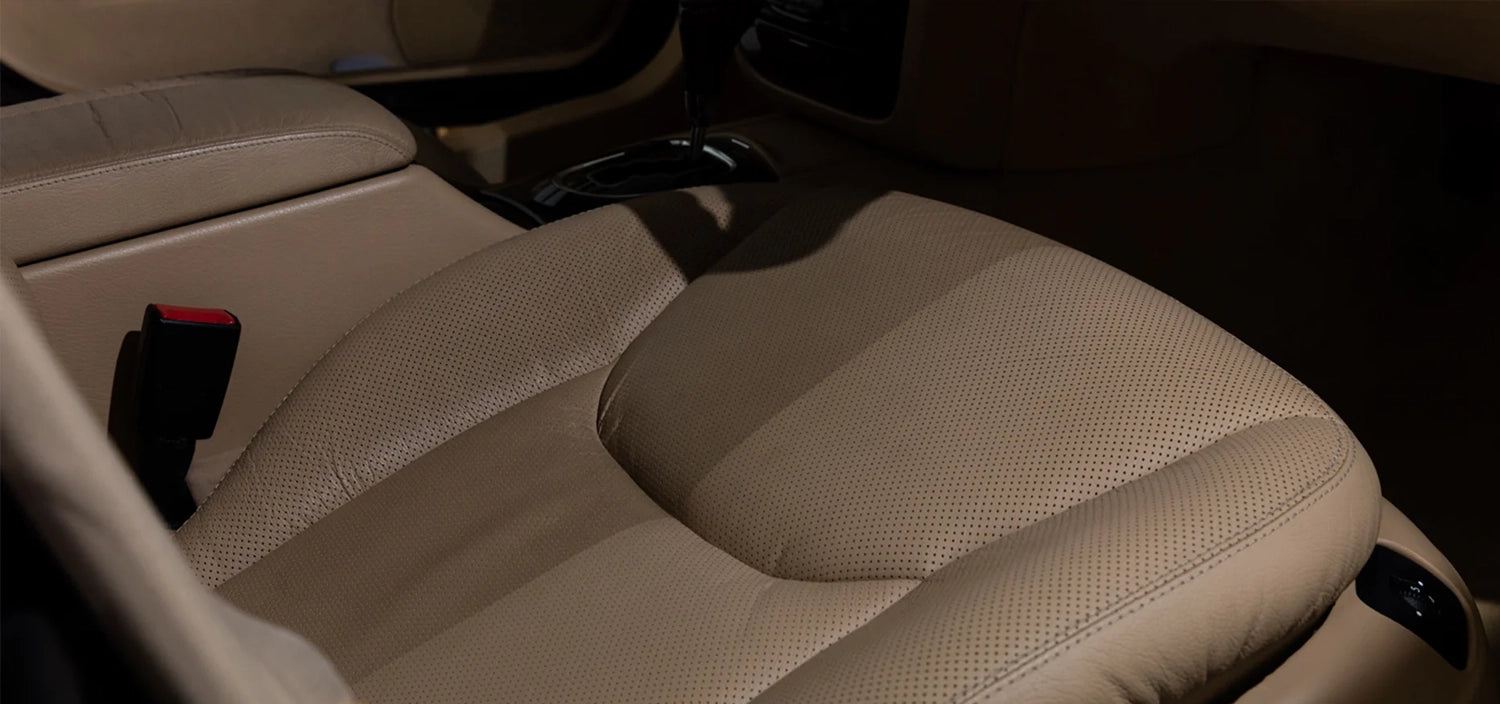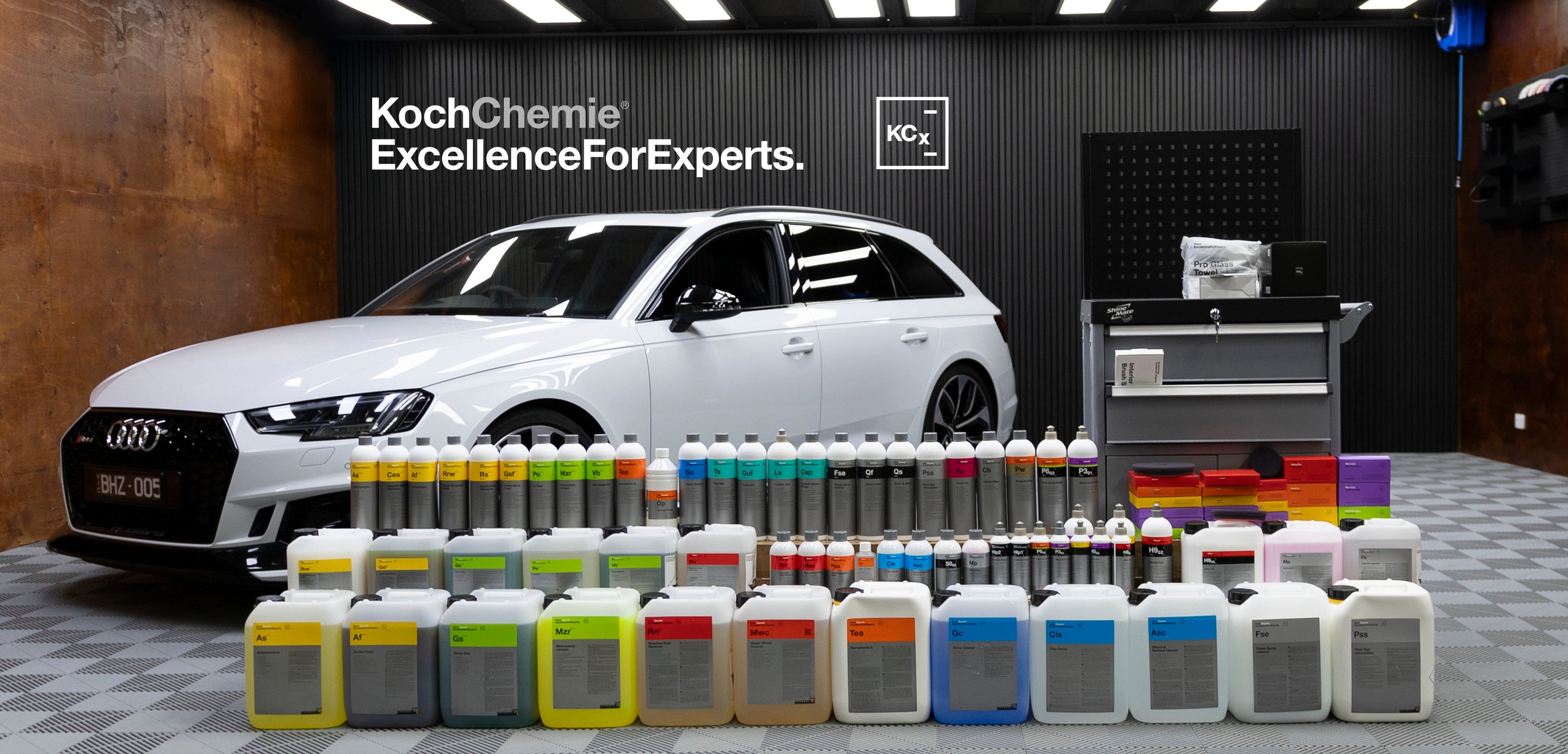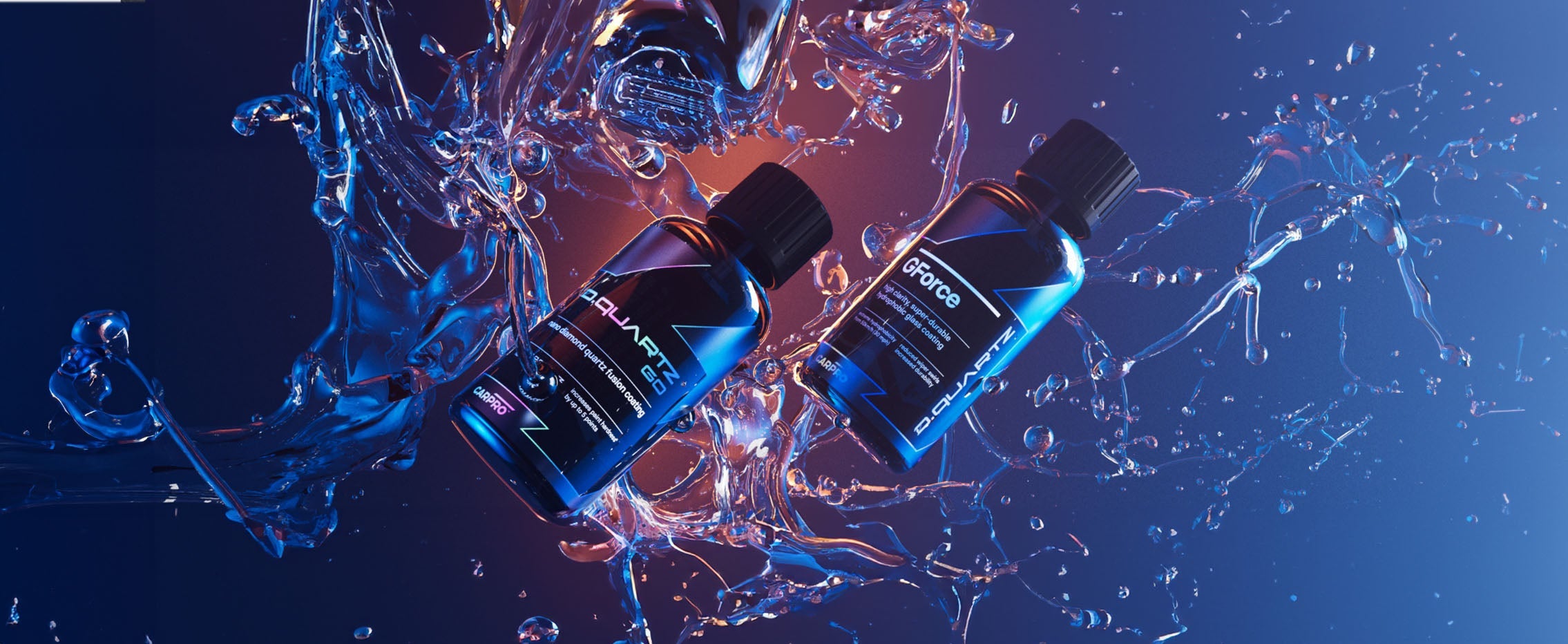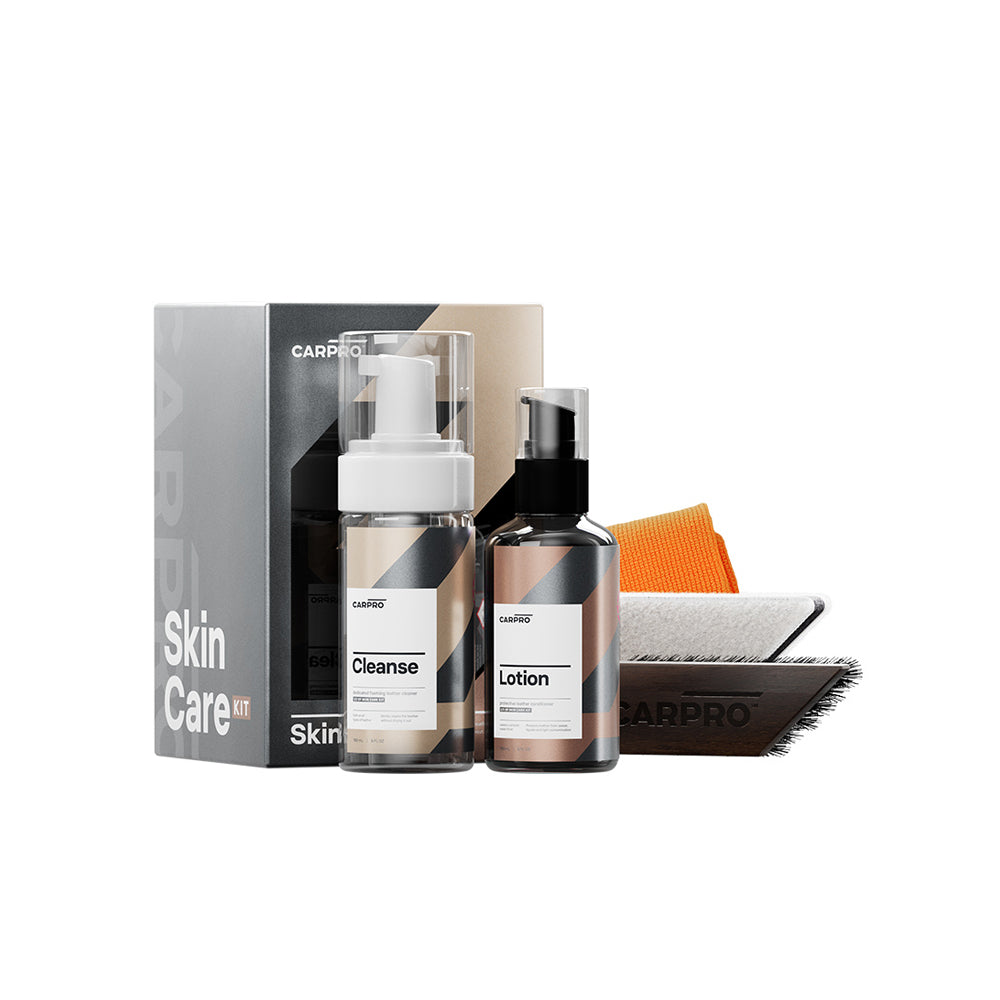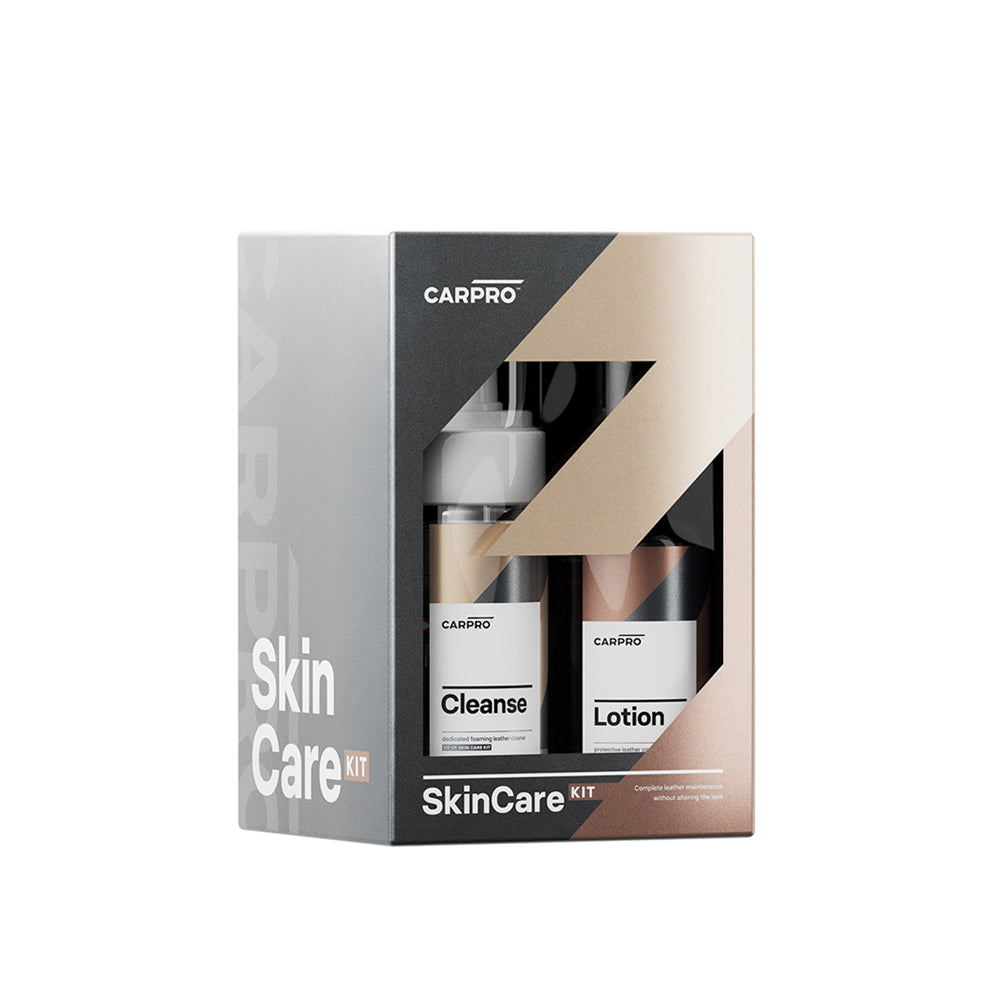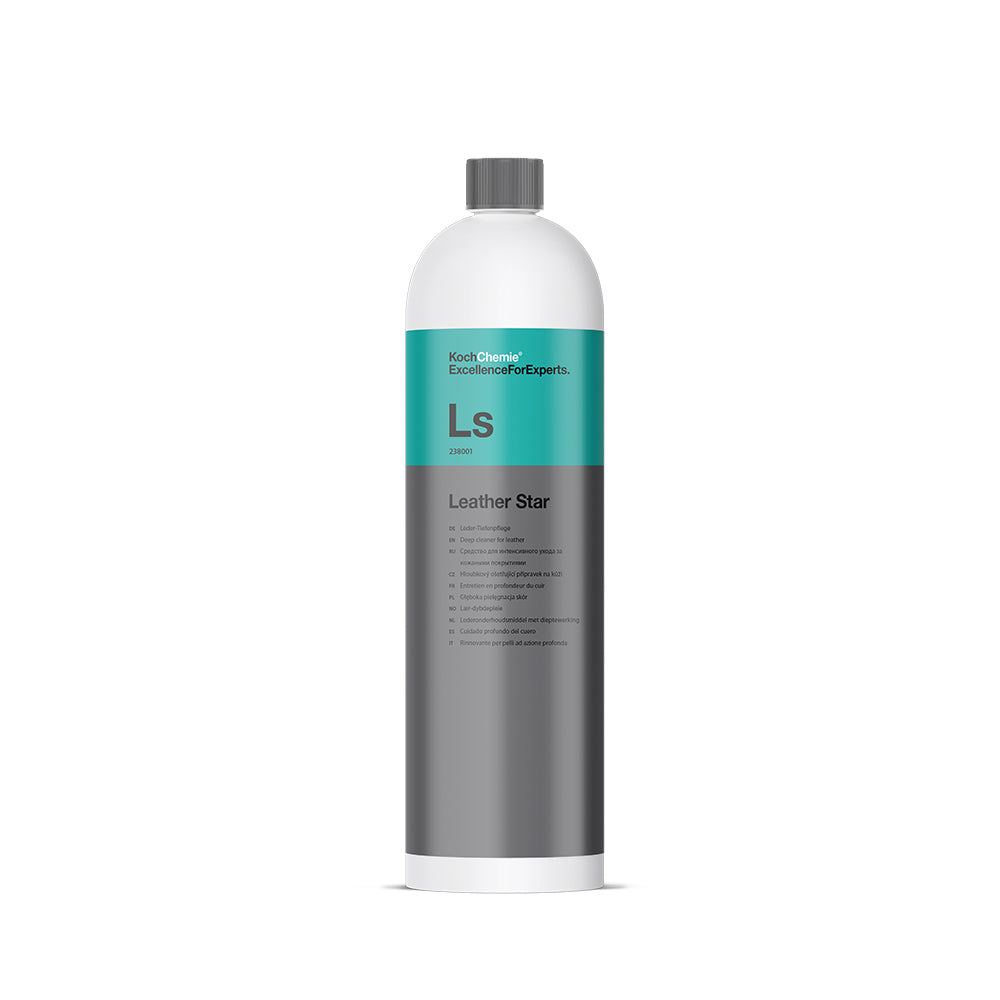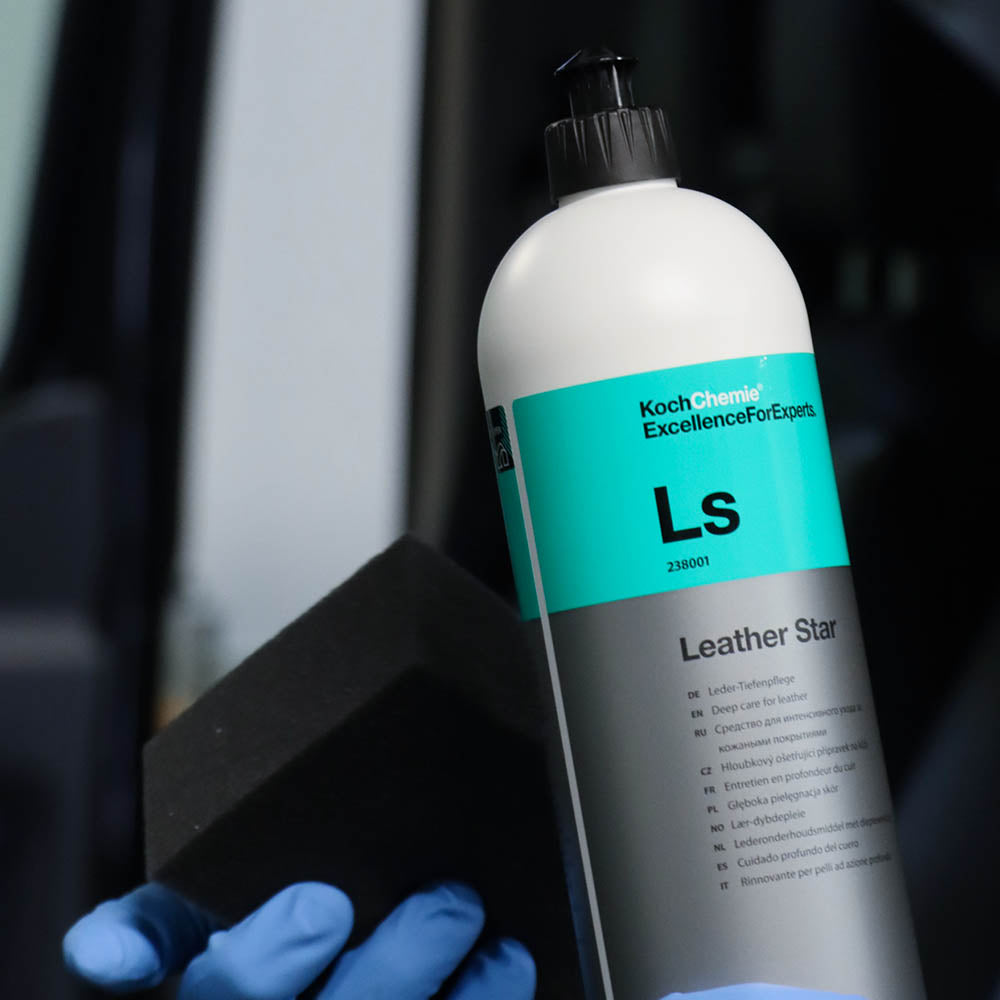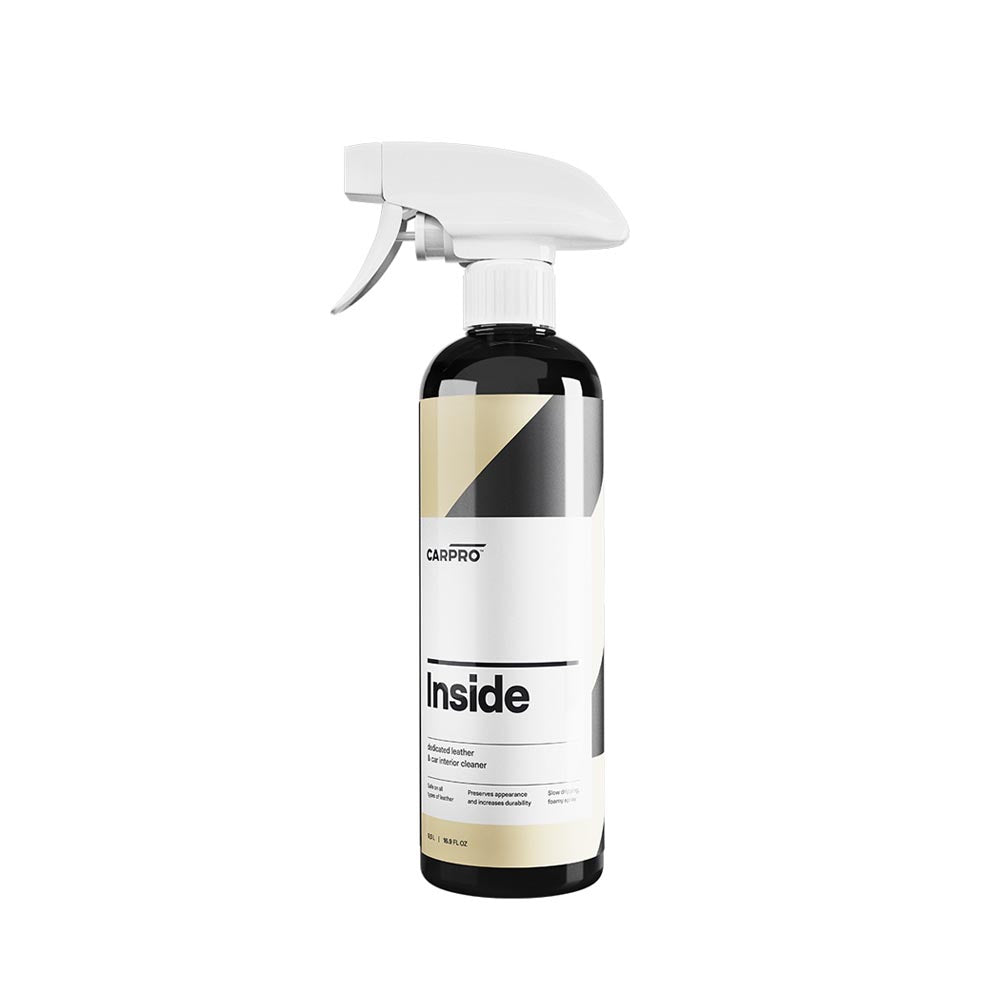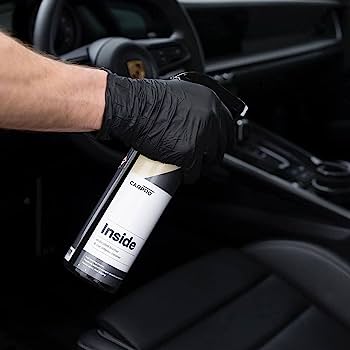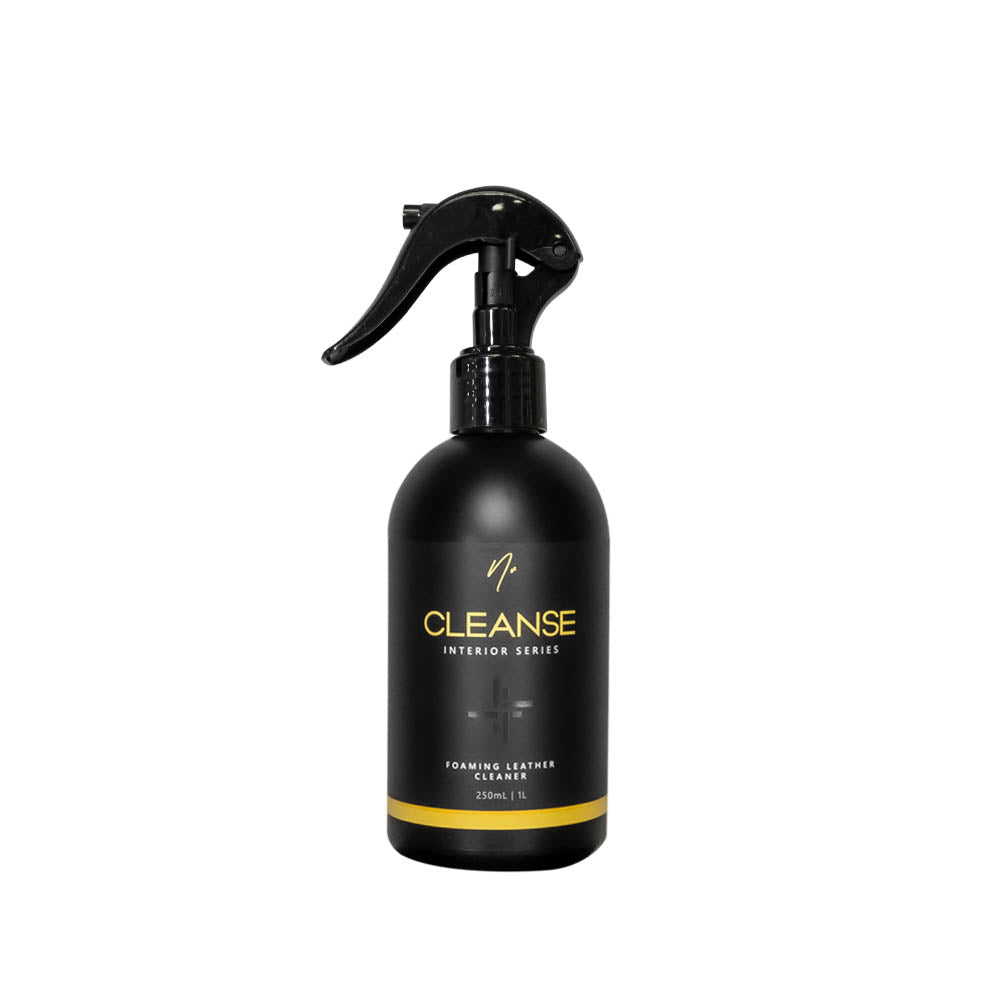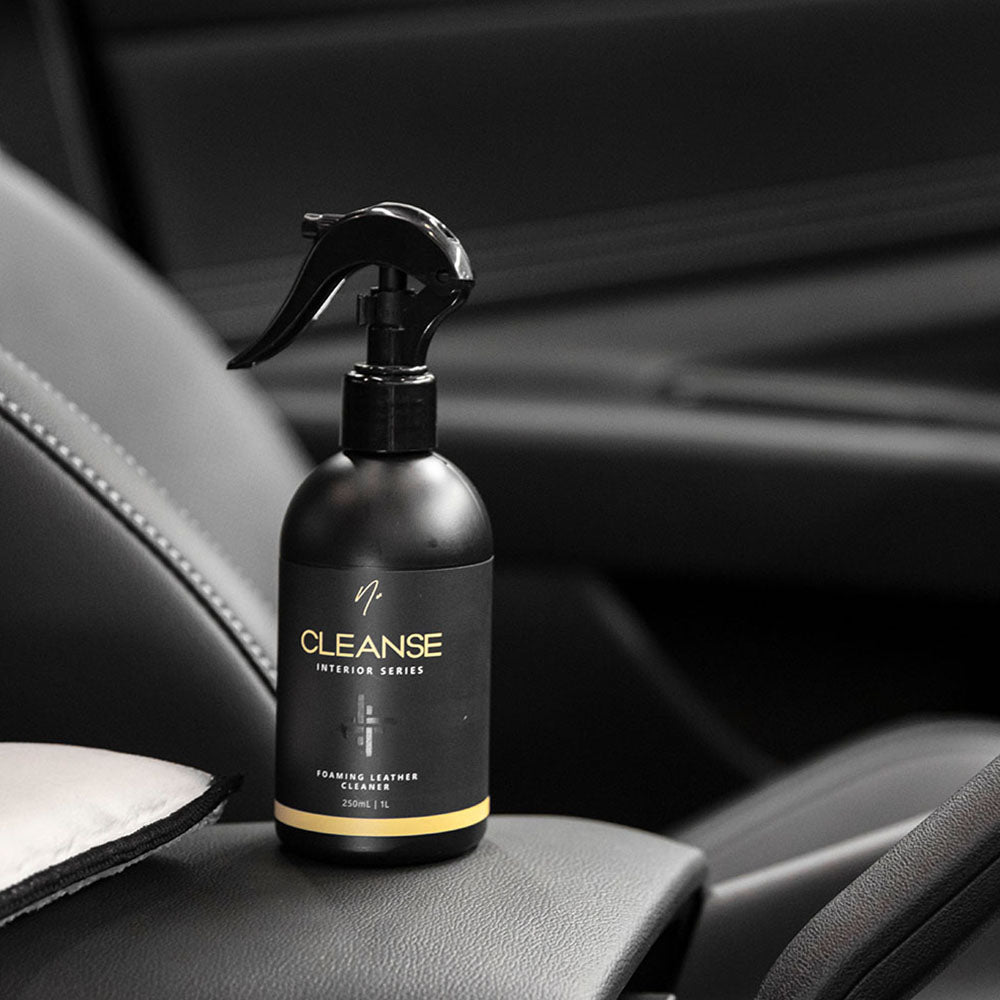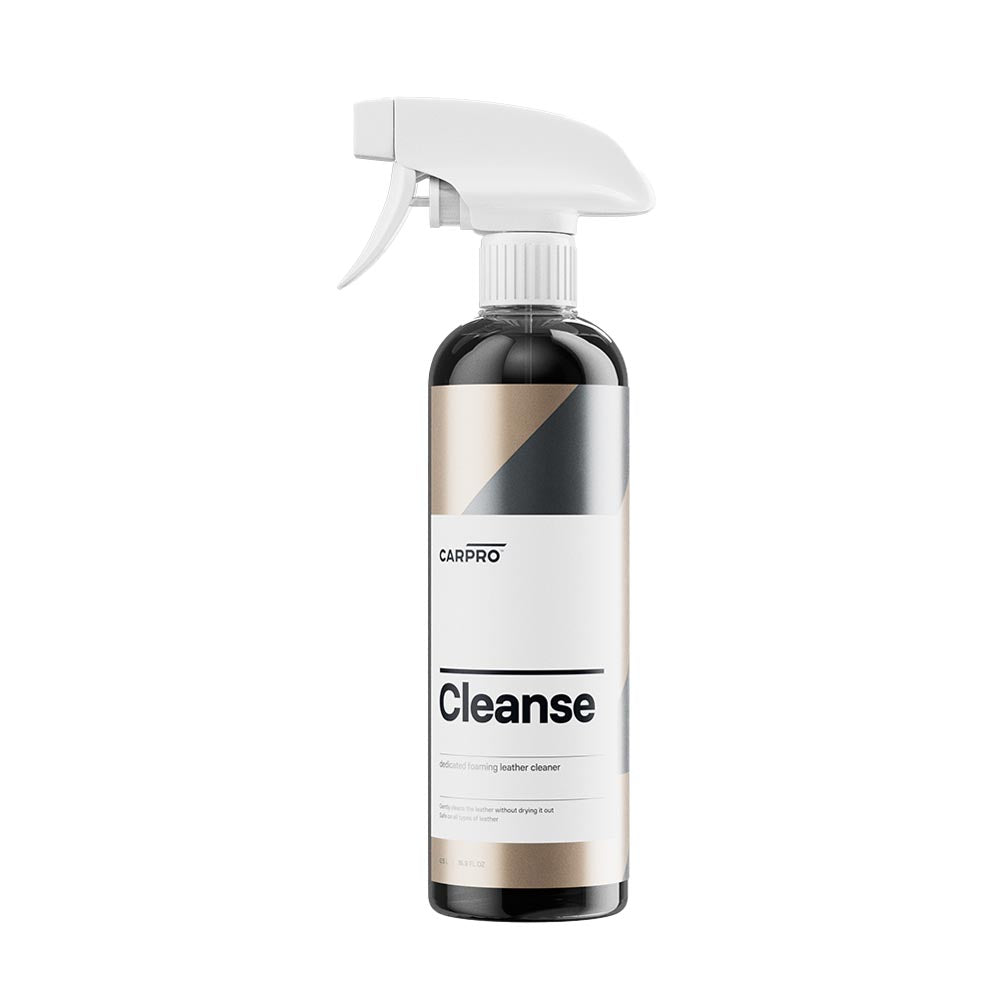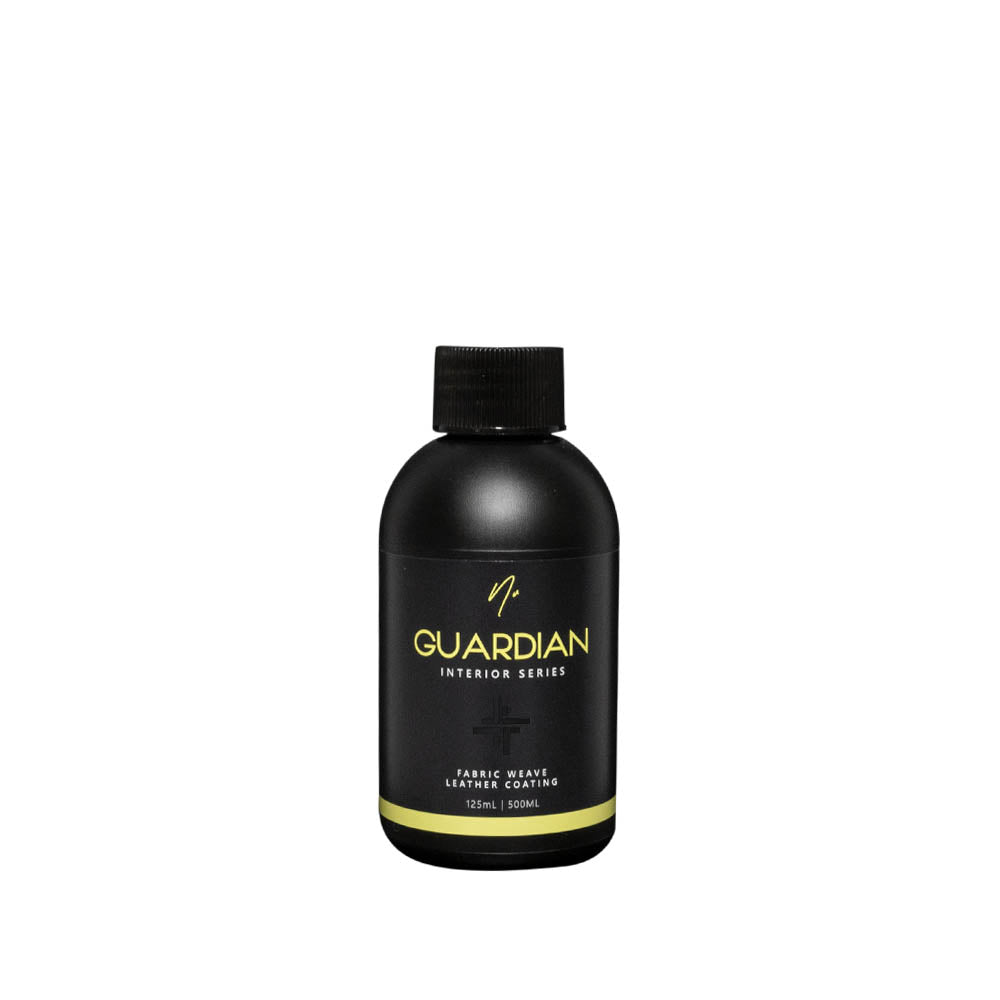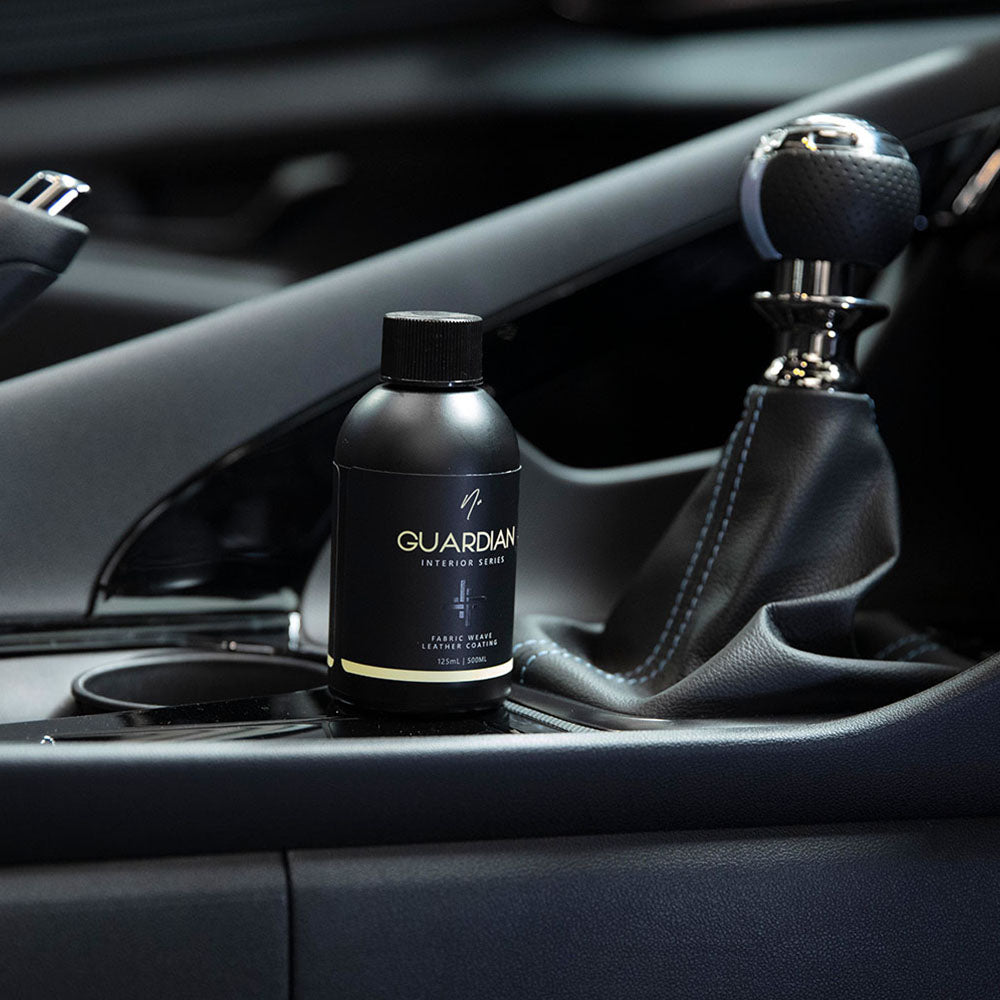Leather Cleaning Deep Dive | Waxit Discover
Step into almost any classic car, the kind that whispers tales of bygone eras and you're likely greeted by the unmistakable aroma of real leather. For decades genuine animal leather wasn't just a material choice in automotive interiors, it was the premium standard, a statement of luxury and craftsmanship. From the supple seating of a 1960s Rolls Royce to the familiar rear benches of a vintage Holden, real leather offered a unique tactile experience and a patina that deepened gracefully with age. As a living material it demanded specific care, regular cleaning and crucially, conditioning to replenish its natural oils, maintain suppleness, and prevent cracking.
This reliance on genuine leather meant the changing automotive aftermarket and even manufacturers had to develop dedicated maintenance products. Cleaners needed to be gentle to avoid stripping essential oils, and conditioners rich to feed and protect the hide from sunlight and wear.
However just as the automotive world evolves, so too do it's interior surfaces. Today the leather beneath you in a new car might not be leather at all, or at least not in the traditional sense. This evolution from natural to highly engineered synthetics has reshaped not only interior aesthetics and durability but also the entire landscape of how we clean and maintain our vehicles.
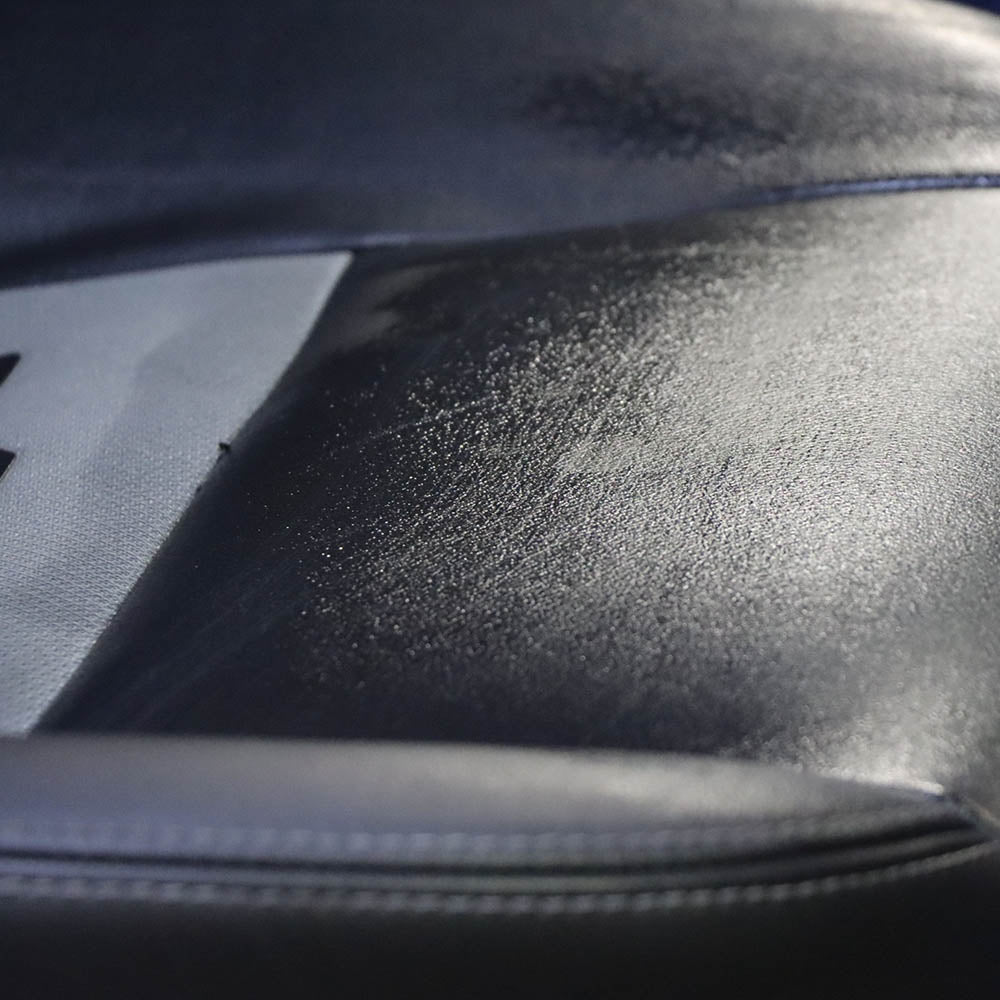
Vulnerabilities of Leather Surfaces
Even the best-looking leather interiors are constantly under attack. For genuine leather, especially older types or high-end aniline hides, the biggest threats are dryness and sunlight. Like skin, leather depends on natural oils and moisture to stay soft and flexible. Leave it unchecked, especially under Australia’s brutal UV, and it starts to dry out. When that happens, the surface can stiffen and crack, usually starting on seat bolsters or other high wear spots. You’ll also see fading as UV rays break down the dye, turning rich colours pale and tired. Grime, oils and constant friction from clothes only make things worse. Over time they wear down the protective coating on pigmented leather, exposing the surface to more damage and staining. Synthetics like vinyl or PU leatherette have their own issues. They don’t rely on oils like real leather, but they stay flexible thanks to plasticisers baked into the material. Under heat and UV, these plasticisers slowly escape. That’s when synthetic leather starts to feel stiff, crack, or even peel often showing a layer of separation between the top coat and the fabric underneath. And despite the reputation, synthetic doesn’t mean bulletproof. Harsh cleaners can still harm the surface, stripping the coating and leaving it damaged.
This shift in materials has completely changed how we care for interiors. The old approach using general cleaners or greasy dressings doesn’t cut it anymore. In fact, it often caused more damage than good. Nowadays the focus is on purpose built products tuned to suit specific surfaces. Whether it’s genuine leather or modern synthetics, we now have products that are easier to use out there that makes professional level results achievable for any enthusiast.
Cleaning Real Leather vs Synthetic
The dramatic shift in automotive interior materials sparked a revolution in cleaning and conditioning products. Gone are the days of relying on harsh, multi purpose cleaners or overly oily leather dressings that often did more harm than good. Modern chemical development now focuses on products tailored to specific materials, making professional grade care truly accessible to the everyday enthusiast. For genuine leathers, this evolution has come to gentle, effective cleaning. Earlier cleaners could be too aggressive, risking the stripping of essential natural oils or damaging delicate top coats. Today, dedicated leather cleaners are precisely formulated to be pH-neutral, allowing them to effectively dissolve surface grime, oils and light stains without degrading the surface itself. Products like Nv Cleanse Leather Cleaners illustrate this, safely lifting contaminants and preparing the surface for protection. The biggest advancements have been made in cleaning products for synthetic leathers. Recognizing that these plastic based materials perform and degrade differently, manufacturers developed products that clean without stripping important plasticisers or degrading delicate top coatings. Ever tried to clean a leather gear knob with a strong cleaner, and it looks like the leather pigment is coming off with your cloth? Modern synthetic leather cleaners are engineered to lift dirt and grime effectively from vinyls, polyurethane surfaces and other plastics, leaving behind a clean matte finish without the stickiness. CARPRO Inside is a great example of a product formulated to safely and effectively clean interior surfaces including synthetic leather, plastics and vinyls. With new age products, the DIY process has become easier and safer.
- Test Spots: Always applying the chosen cleaner to a small inconspicuous area first to ensure the product is okay for your surface
- Gentle Application: Spraying the cleaner directly onto a soft microfiber cloth or a dedicated interior cleaning brush opposed to saturating the surface directly.
- Agitation & Removal: Gently agitating the surface with the brush or cloth to loosen dirt, then using a clean damp microfiber cloth to thoroughly wipe away all loosened contaminants and product residue. This ensures a truly clean surface.
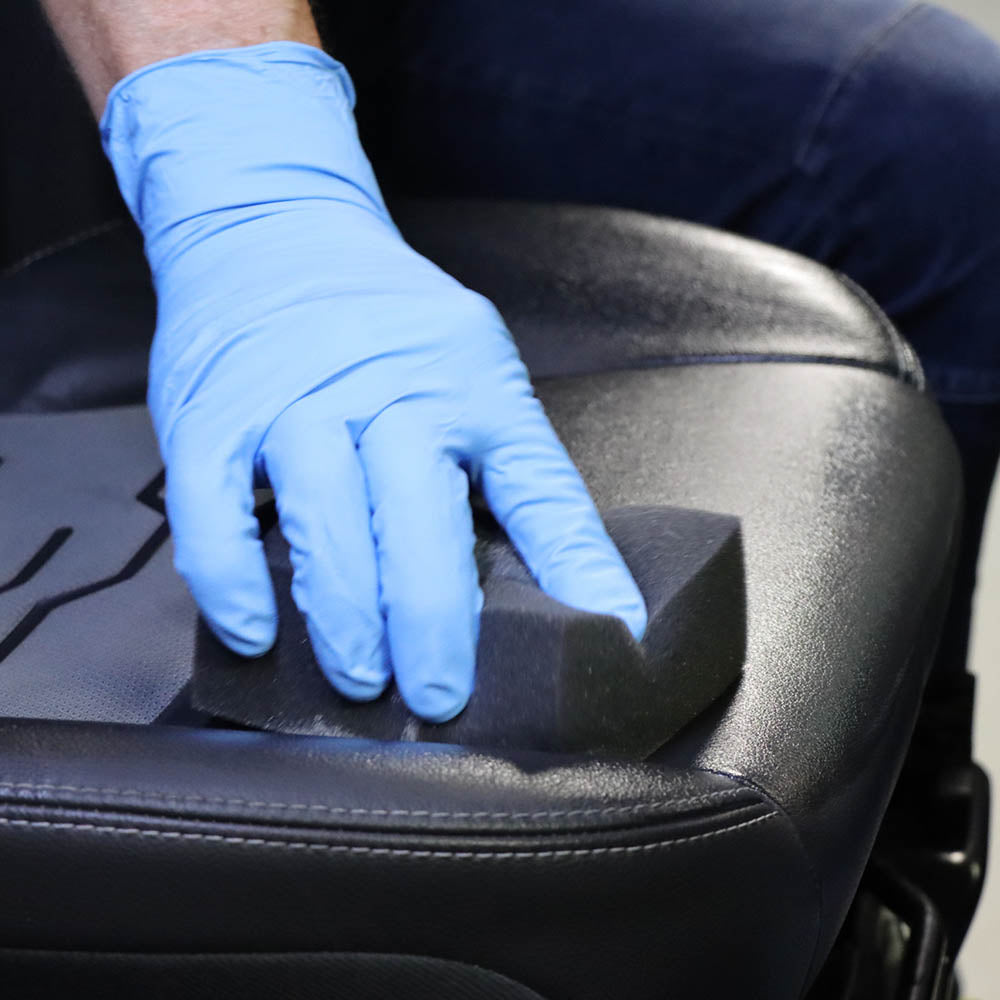

Protecting Your Leather
Cleaning gets you halfway there but the real longevity comes from conditioning and protection. This is where genuine and synthetic leathers start to go their own way, but both benefiting from the right products. For real leathers, conditioning is essential. It’s a living, breathing material that needs moisture to stay soft and flexible. Without it, the surface dries out, cracks and loses that natural feel. A quality leather conditioner like Koch Chemie Leather Star brings back that nourishment, restoring suppleness while adding UV protection to fight off sun damage Australia is known for. Synthetic leathers, on the other hand, don’t absorb conditioners the same way, but they still need care. The focus here is on protection, especially against UV and heat, which break down plasticisers over time. Products designed for synthetics act more like shields, helping lock in flexibility and slow down fading and cracking. And if you want to go that next step in protection, interior coatings like CARPRO C.QUARTZ Leather & Vinyl Protectant are next-level. They bond to the surface, creating a semi-permanent layer that resists UV, stains and everyday wear. It’s an especially smart choice for high contact zones like seat bolsters or steering wheels. If you’re looking for an all in one setup, check out the CARPRO Leather Protection Kit or the CARPRO SkinCare Kit. Both offer a complete system from cleaning to conditioning to coating, making it easy to keep any leather or leatherette interior looking sharp and lasting longer.
CARPRO SkinCare - Leather Care Made Easy
We’ve come a long way over the decades, from soft leather seats in old-school classics to high-tech synthetics in modern interiors. And while the materials have changed, the threats haven’t. Whether it’s oil loss in real leather or plasticiser breakdown in synthetics, they all lead to the same result: fading, cracking and wear. That’s why interior care had to evolve. No more guesswork. Just purpose built products designed to work with the surfaces you actually have. One of our favourite all in one solutions? The CARPRO Leather & Interior Skincare Kit. It’s packed with everything you need to properly clean and protect both genuine leather and synthetic surfaces. Inside you’ll find a pH-balanced cleaner, a conditioning protectant, a soft detailing brush, Fibre cleaning pad and a microfiber cloth, all chosen to make the job easier and safer. It's the perfect easy to use DIY kit. Whether your ride’s rocking traditional leather or something like Audi’s Nappa Leather, this kit gives you the right tools to keep it looking fresh. Simple process, professional results and a solid step toward keeping your interior dialled in for the long haul.
